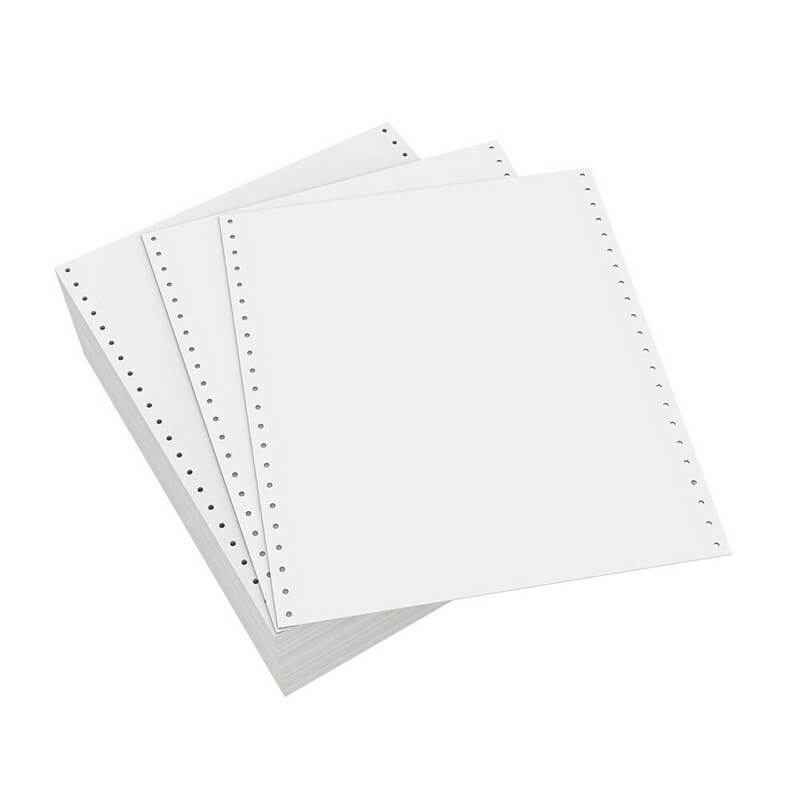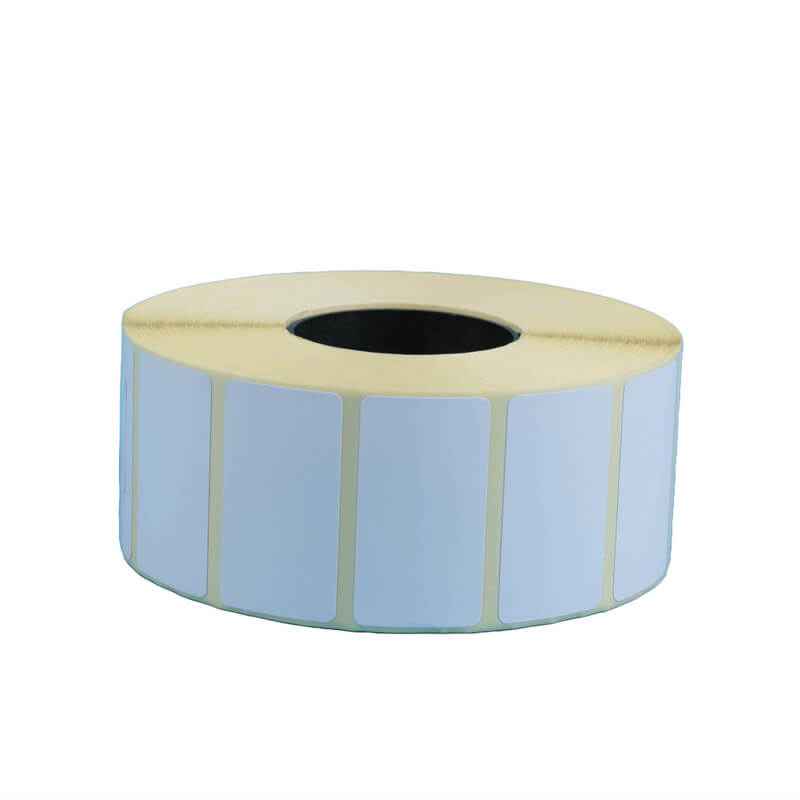
When it comes to selecting the right paper for your printing needs, understanding the difference between thermal and thermal transfer paper is crucial. Whether you’re managing a business that relies on precise, high-quality printing or just looking to choose the best paper for your home office, this guide will help you navigate the nuances between these two types of computer paper. However, for everyday printing needs, like printing documents or reports, standard computer paper remains the go-to choice. If you’re on the hunt for reliable computer paper, companies like computer paper from Panda Paper Roll offer a wide variety of options.
Introduction
Choosing the right type of computer paper can significantly impact the quality and durability of your prints. Thermal and thermal transfer papers are two popular options, each with distinct characteristics and uses. Understanding these differences will help you make an informed choice tailored to your specific needs.
What is Thermal Paper?
Definition and Composition
Thermal paper is a type of paper that is coated with a heat-sensitive layer. This layer reacts to heat from a thermal printer’s print head, creating an image without the need for ink. The paper is typically used in point-of-sale (POS) systems, fax machines, and some label rolls.
How It Works
When heated, the coating on thermal paper changes color to produce text or images. This process happens directly on the paper without any additional supplies. Thermal printers are specifically designed to work with this type of paper.
Advantages of Thermal Paper
- No Need for Ink: Thermal printing eliminates the need for ink cartridges or ribbons, reducing maintenance and costs.
- Fast Printing: Thermal printers are generally faster and quieter compared to other printing methods.
- Low Maintenance: With fewer moving parts, thermal printers require less maintenance and are less likely to experience mechanical failures.
What is Thermal Transfer Paper?
Definition and Composition
Thermal transfer paper involves a different printing process. It uses a ribbon coated with wax or resin, which is transferred onto the paper via heat. This type of paper is often used for printing labels, barcodes, and high-resolution images.
How It Works
In thermal transfer printing, heat from the printer’s print head melts the coating on the ribbon, which then transfers to the paper. This process requires both the paper and a ribbon to produce the final print.
Advantages of Thermal Transfer Paper
- High-Quality Prints: Thermal transfer printing produces sharp, high-resolution images and text that are more durable.
- Versatility: It can be used on various types of materials, including labels, tags, and synthetic papers.
- Durability: The prints produced are resistant to smudging, scratching, and fading, making them suitable for demanding environments.
Comparing Thermal and Thermal Transfer Paper
Print Quality
- Thermal Paper: Offers good quality for basic text and images, but the prints may fade over time and are susceptible to damage from heat and light.
- Thermal Transfer Paper: Provides superior print quality with longer-lasting results. Ideal for applications requiring durability and clarity.
Cost and Maintenance
- Thermal Paper: Generally less expensive due to the lack of need for ribbons or additional supplies. Lower maintenance costs as well.
- Thermal Transfer Paper: Higher initial cost due to the need for both paper and ribbons. Maintenance can also be more involved.
Application and Usage
- Thermal Paper: Commonly used in POS systems, receipts, and simple labels. Best suited for short-term use where longevity is not a major concern.
- Thermal Transfer Paper: Preferred for high-quality labels, barcodes, and long-lasting prints. Suitable for industrial and commercial applications where durability is critical.
Choosing the Right Paper for Your Needs
Assessing Your Printing Needs
Consider what you need from your printed materials. If you require high-quality, durable prints that withstand various environmental conditions, thermal transfer paper is likely your best choice. For basic printing needs where cost is a significant factor, thermal paper may be sufficient.

Evaluating Printer Compatibility
Ensure that your printer is compatible with the type of paper you choose. Thermal printers are specifically designed for thermal paper, while thermal transfer printers require both paper and ribbon.
Cost vs. Benefit Analysis
Weigh the costs of each option against the benefits. Thermal paper may be more cost-effective for short-term use, while thermal transfer paper offers better durability and quality for a higher price.
Practical Tips for Using Thermal and Thermal Transfer Paper
Proper Storage
- Thermal Paper: Store in a cool, dry place away from direct sunlight to prevent premature fading.
- Thermal Transfer Paper: Store ribbons and paper in a controlled environment to maintain quality and prevent degradation.
Handling and Maintenance
- Thermal Paper: Handle with care to avoid damage. Regularly check for and remove any debris or dust from the printer.
- Thermal Transfer Paper: Ensure proper alignment of the ribbon and paper in the printer to avoid print quality issues.
Environmental Considerations
Consider the environmental impact of the paper you choose. Thermal transfer paper often has a more robust environmental footprint due to the ribbons, but some options are available that are more eco-friendly.
Conclusion
Choosing between direct thermal vs thermal transfer paper depends on your specific printing needs and requirements. Thermal paper offers a cost-effective solution for basic printing tasks, where fast turnaround and low cost are priorities. However, thermal transfer paper provides superior quality and durability for more demanding applications, like labels that need to withstand exposure to chemicals, sunlight, or friction. By understanding the differences between direct thermal and thermal transfer and evaluating your needs, you can make an informed decision that best suits your printing goals.
Read more on WCCO






